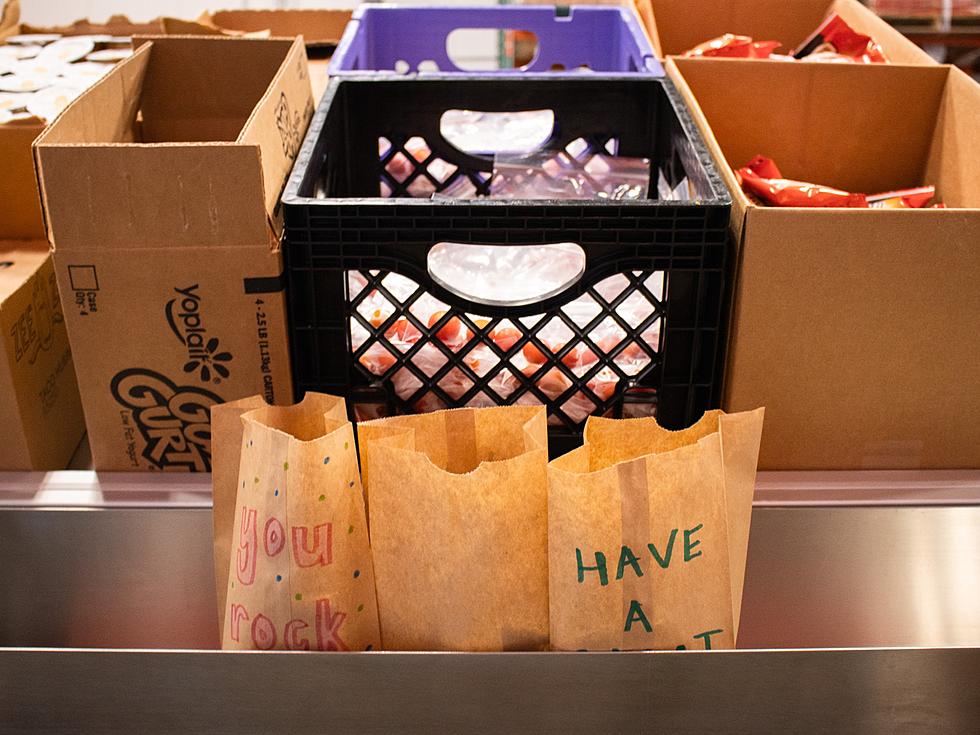
Should Michigan be worried about an impending earthquake? New report says maybe
One of the best parts about living in Michigan is that, outside of a big snowstorm, we never really need to worry about a natural disaster. We don't get hurricanes, we get (mostly) minor tornadoes here and there, and there have only been 6 recorded earthquakes in Michigan in the last 100 years.
There were two earthquakes in 2015, and if I had a nickel for each time I was taking a shower during an earthquake, I would have two nickels! Which isn't a lot, but it's weird that it happened twice.
Anyway...
The United States Geological Survey's New Report
According to a new study by the United States Geological Survey (USGS), parts of Michigan may want to start bolting down the hatches. The USGS has done a new report in conjunction with federal, state, and local governments to showcase where damaging earthquakes around the country were most likely to happen.
The report found that cities along the central and northeastern Atlantic Coastal like Washington D.C., Philadelphia, New York, and Boston have a moderate chance of a shake happening in the next 100 years, while places like California and Alaska have a high chance of a shake. Of all the places, Hawaii is currently the most likely spot due to increased volcanic activity in the region.
What this means for Michigan
Southern Michigan currently sits with a 5-25% chance of experiencing a damaging earthquake, while central and northern Michigan all have less than a 5% chance within the next 100 years. This would indicate that cities like Grand Rapids, Lansing, and Detroit are all in the "green" 5-25% range, while most cities north of those are most likely in the clear of any seismic events. No matter how you shake it (pun intended), Michigan is sitting in a pretty safe spot compared to other places in the US.
How Earthquakes Happen
The Earth is made up of four different layers: the crust, the mantle, the outer core, and the inner core. The crust is made up of many different tectonic plates, and where the various plates meet are called faults. Since these plates are constantly moving and rubbing together, sometimes the plates catch on one another causing them to get "stuck". The place where the unsticking takes place is called the epicenter which is what we register as an "earthquake".
Tips For Staying Safe During An Earthquake in Texas
Gallery Credit: Chris Cardenas
Sparkly Gem-Filled Geodes Are All Over Old Volcano in Colorado
Gallery Credit: Alicia Selin




